Good to have y’all back. This week, we’re going to be talking about American Sign Language, or ASL. I recently wrote a feature for my school newspaper about the ASL class offered at school, and I felt compelled to share what I observed from my interviews with students taking the class. Of course, we will be discussing the sociolinguistic implications of ASL as well, but it might take a while to get there--I have a lot to share!
Upper-level ASL students at my school have voiced their desire to spread ASL awareness within the community, and their latest endeavor did just that. Here’s a little snippet from my feature, which was published to the school newspaper:
“ Noon on a typical Tuesday usually involves the dim banter of student conversation, bouncing from table to table in the lunchroom.
On this particular Tuesday, however, students in [our school’s] American Sign Language classes found themselves at the [senior citizen center]--and not using their voices at all. Instead, they were using their hands to teach American Sign Language to the senior community.
‘We got to work one-on-one with seniors who wanted to learn sign language,’ [a senior] said. ‘We were able to develop closer relationships with them and help raise awareness for deaf culture in the community.’
[The American Sign Language teacher] community outreach to the class curriculum as a way to show students the importance of the language.
Last school year, students in their fourth year of ASL had to reach out to businesses for their final project. They created presentations for these businesses and taught about ASL and the deaf community.
‘I think community awareness is huge; the world does a lot to spread awareness of the diversity in our country, but I think the deaf community is overlooked,’ [the teacher] said. ‘It’s because they’re an American community. They’re not necessarily coming from another country, and because of that, they tend to get overlooked as an entire community.’
Anderson’s ASL class has reached out to many aspects of the community. They’ve done presentations for [big corporations, hospitals, and transportation companies].
This year, they’re partnering with the [local library] and the [city’s museum] to create unique opportunities for visitors to experience sign language.
‘I’ve been going to a lot of places with [our teacher] to do stuff like this,’ [another senior] said. ‘We did some ASL teaching to patients and nurses at the hospital, and we taught little kids at elementary schools too. It’s really a cool experience for everyone involved.’
One presentation from last year attracted 70 senior citizens in [the area]. Many came up to [our school’s ASL teacher] at the conclusion of the presentation and asked about ASL classes for people like themselves.
After much thought, [the teacher] put together a class for them. Her ASL 3 and 4 classes would make a trip down to the [local senior citizen center] every other Tuesday to teach sign language.
She had 16 senior citizens sign up; this number fit perfectly with the size of her ASL 3 class. Each student in ASL 3 was assigned a ‘senior partner’ to spend time with, while the ASL 4 students got to quiz the senior citizens at the end of class to gauge how much they learned.
‘Going into it, I was nervous because I didn’t know how they would do,’ [one senior] said. ‘I didn’t know if they would struggle with it, or if they’d pick it up easily. In the end, I think they really enjoyed learning it. The senior community started signing with each other when we left, so I’m excited to go back and keep teaching.’
The ASL students came back from the first session with fond memories and fun experiences.
‘They had a eagerness to learn that I’d never seen before,’ [a junior] said. ‘That really helped the process. Some of them didn’t really understand what sign language was, and the simplest I could describe it as was that it’s a visual language where you don’t need to use your voice.’
Each student was able to build a relationship with their assigned senior citizen. Many noticed that the senior citizens had arthritis, but they did not let it stop them from learning ASL.
After talking to their partners, students saw the motivation behind learning ASL.
‘Outreach to senior citizens is really important,’ [one junior] said. ‘As they get older, many people lose their hearing abilities--maybe not completely deaf, but close to it--and having sign language makes things easier. They don’t have to worry about needing to hear someone to understand them.’
Other senior citizens had different reasons to learn. Many had loved ones who were deaf or hard of hearing, and they wanted to be able to communicate with more ease.
‘My partner has a daughter who is going deaf,’ [a senior] said. ‘My goal for her is not necessarily to learn all of it right off the bat, but just to learn more about ASL and the community in general. I want her to enjoy it bc she’s going have to be doing it with her daughter soon. I want her to feel comfortable while doing it, rather than getting frustrated.’
Just like any foreign language, ASL is hard to practice without being completely immersed in such a community. Students of the ASL class often find themselves signing to other ASL speakers outside of school.
[One senior] found herself at a wedding where half the people were deaf. Someone who doesn’t know how to sign would probably be uncomfortable, but [she] enjoyed the experience a lot.
‘I got to sign with them and introduce myself, which was really fun,’ [she] said. “I think [the deaf community] thinks it’s cool that we learn sign language because we’re not deaf, but we choose to make their language our language. They love that we try, even if we mess up. They’re like, “Oh it’s okay, just try again!” They’re so accepting and they just welcome us.’
[She’s] not wrong: the deaf community responds extremely well to the outreach efforts made by [the school’s] sign language class.
‘I had a set of triplets who all worked at McDonald’s during my first year of teaching,’ [the sign language teacher] said. ‘A deaf group was going on a trip, and they happened to stop at this particular McDonald’s. When they found out that the cashiers knew sign language, they told me it felt so freeing for them; they didn’t have to sit there and worry about how they were going to communicate their order.’
When a class becomes this enriching, students are able to take what they learn beyond high school.
‘Giving the community simple tools like ASL class is really amazing,’ [the teacher] said. ‘I’m not just teaching sign language; my purpose as a teacher is to raise awareness that your language can be used.’
‘There are still people out there, old or young, who want to learn about others,’ Bri said. ‘They want to learn about the ASL community. That can be very scary at times--going to the other side and seeing what it’s like--but there are still people out there who are willing to take that extra step. That’s really amazing to see.’ ”
That’s just what went into the newspaper article. When I received the topic to write my feature on, I decided to go in depth in my “research.” I interviewed five people: three ASL students who went on this community outreach trip, the ASL teacher, and one ASL student in a lower-level ASL class who also has a passion for the language.
Before I started writing the article, I sat down with my voice memos and transcribed every word onto a Google Doc, just so I would be able to access the information easily. The transcription of all the interviews ended up being 6 pages long! Needless to say, I got some good content--and a greater understanding of ASL!
In addition, I sat in on an ASL class to observe candid conversation and get a feel for the atmosphere of the class (they were the most wholesome group of people I’ve ever met, by the way).
Now, let’s see what we can glean from the newspaper feature.
First of all, we can see that ASL is very prominent in the community--both in school and beyond. A common misconception is that ASL is not a true “foreign language.” After all, it’s called American Sign Language, right? There’s nothing foreign about an American language... Right? Wrong. ASL is just as much of a foreign language from English as is, say, French or Hebrew or Swahili.
At my school, the foreign languages offered are as follows: Spanish, French, Mandarin Chinese, and American Sign Language. The fact that our school offers four levels (which is standard of a high school curriculum) of ASL shows that it is just as much of a foreign language as the other ones. There are many students who show an interest in learning ASL--enough students to make ASL 4 exist. This is important. This is amazing. This is language-loving.
From the feature, we know that there are many reasons for non-deaf people to want to learn ASL. Many know that they will eventually go deaf, while others know people who are deaf. For these people (even the ones who have deafness in their near future), learning ASL is a big step out of the familiarity of the hearing community--and into the deaf community.
The hearing community and the deaf community have a few distinct differences, and we will analyze them in depth next week. For now, just keep your eyes peeled and your language rockin’!


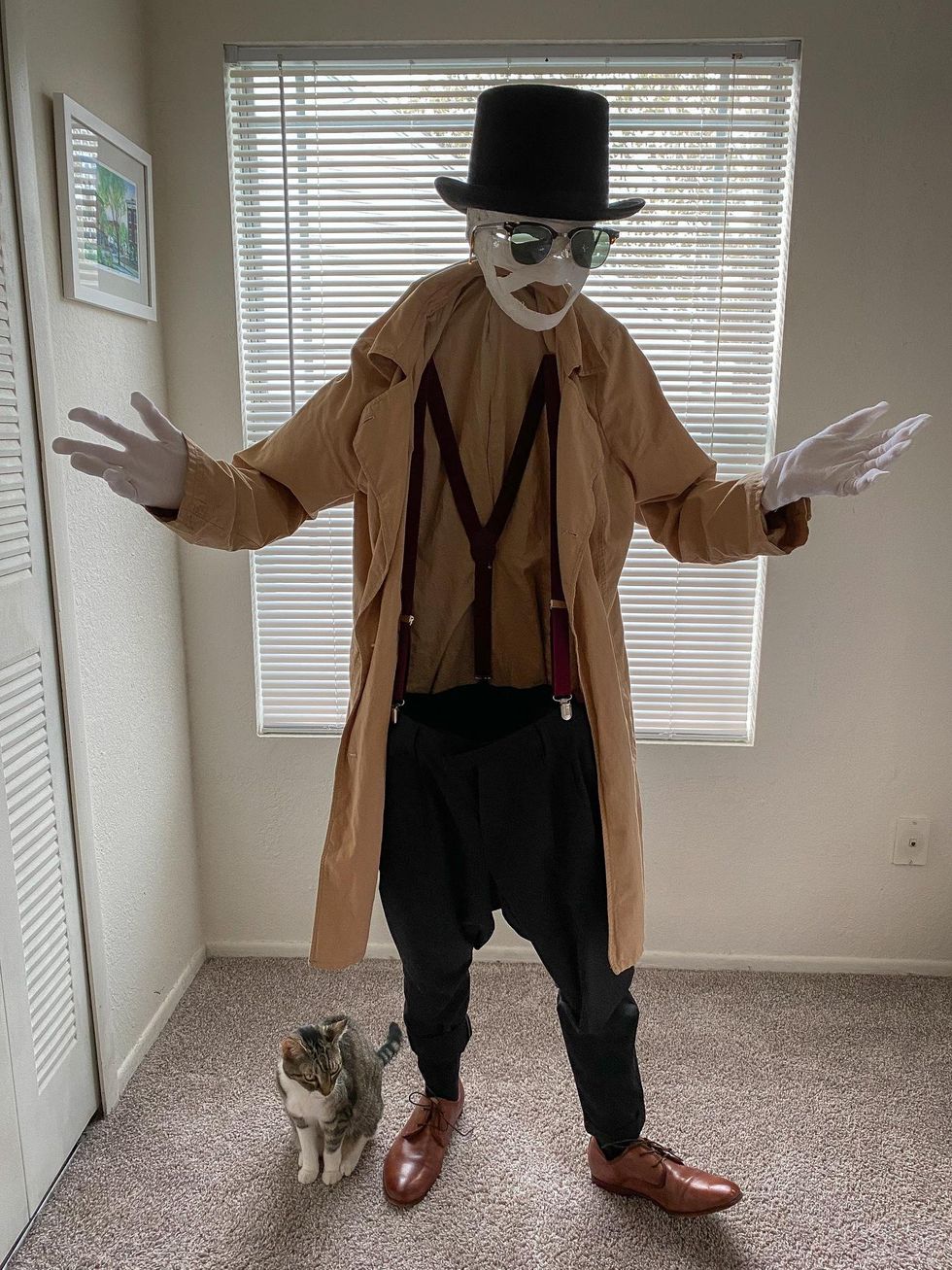

 Going to the cinema alone is good for your mental health, says science
Going to the cinema alone is good for your mental health, says science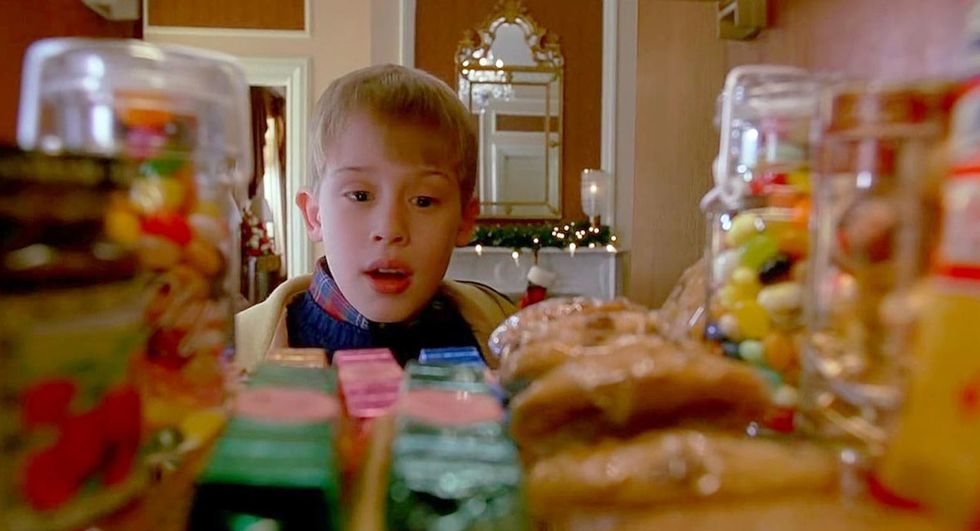





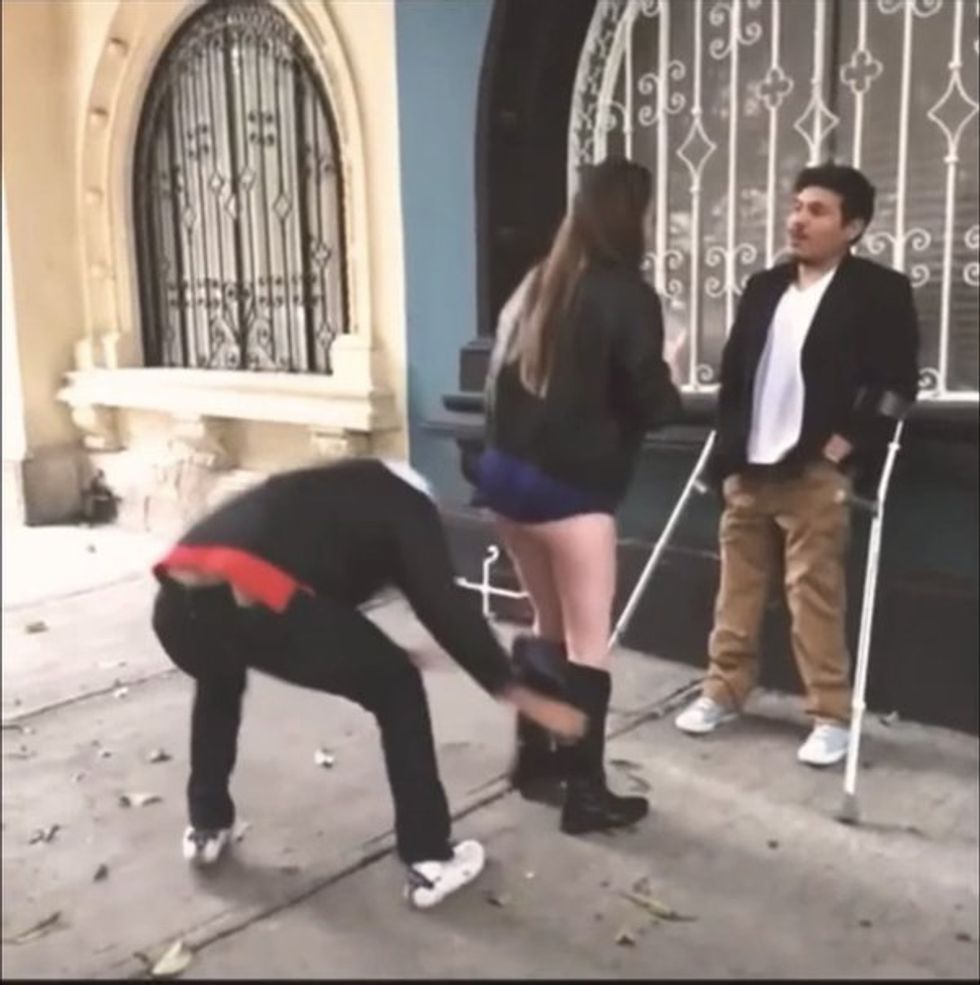


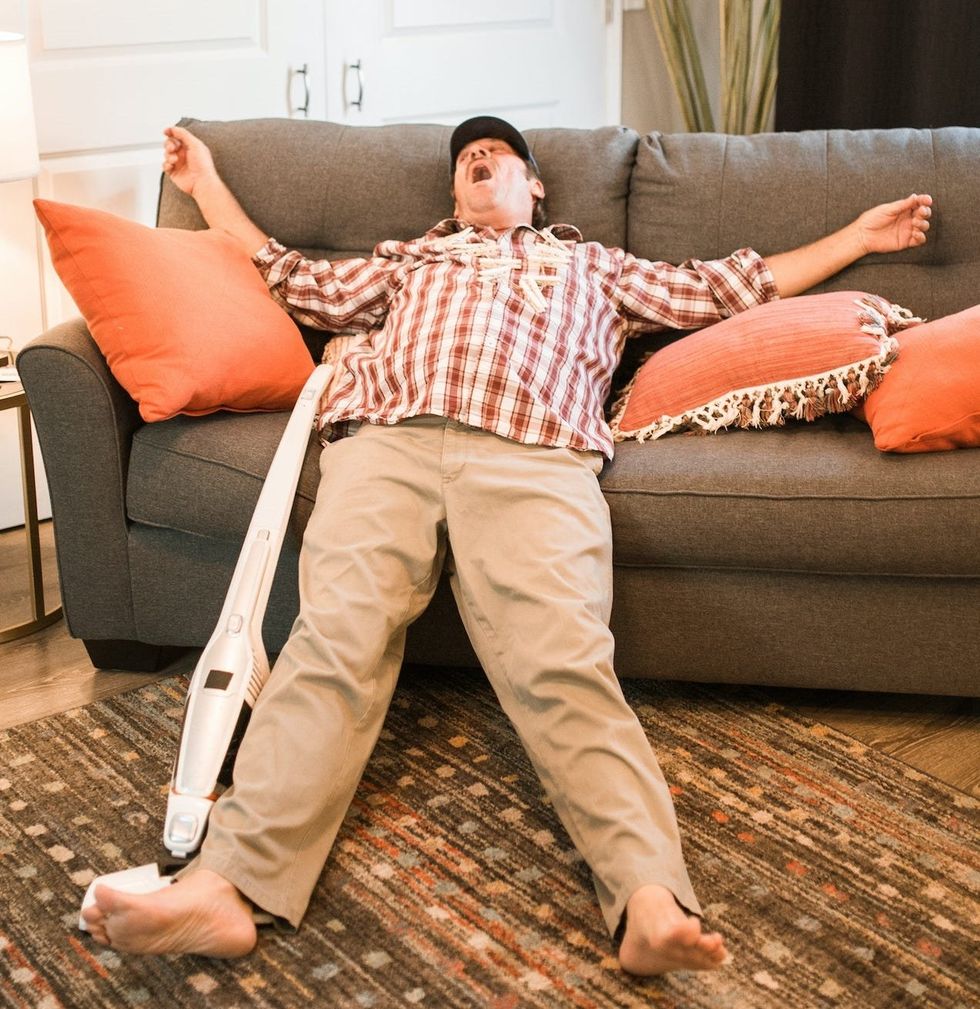
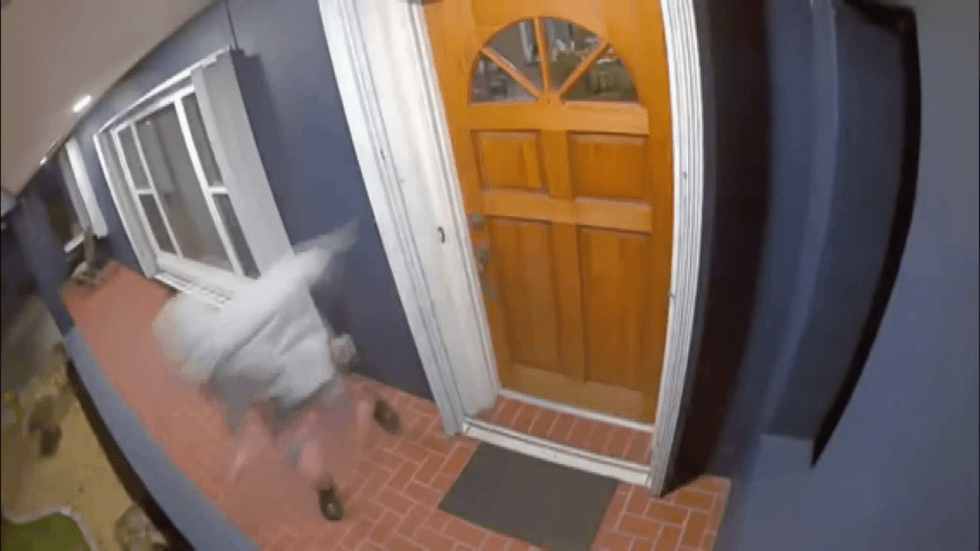


 women in street dancing
Photo by
women in street dancing
Photo by  man and woman standing in front of louver door
Photo by
man and woman standing in front of louver door
Photo by  man in black t-shirt holding coca cola bottle
Photo by
man in black t-shirt holding coca cola bottle
Photo by  red and white coca cola signage
Photo by
red and white coca cola signage
Photo by  man holding luggage photo
Photo by
man holding luggage photo
Photo by  topless boy in blue denim jeans riding red bicycle during daytime
Photo by
topless boy in blue denim jeans riding red bicycle during daytime
Photo by  trust spelled with wooden letter blocks on a table
Photo by
trust spelled with wooden letter blocks on a table
Photo by  Everyone is Welcome signage
Photo by
Everyone is Welcome signage
Photo by  man with cap and background with red and pink wall l
Photo by
man with cap and background with red and pink wall l
Photo by  difficult roads lead to beautiful destinations desk decor
Photo by
difficult roads lead to beautiful destinations desk decor
Photo by  photography of woman pointing her finger near an man
Photo by
photography of woman pointing her finger near an man
Photo by  closeup photography of woman smiling
Photo by
closeup photography of woman smiling
Photo by  a man doing a trick on a skateboard
Photo by
a man doing a trick on a skateboard
Photo by  two men
two men  running man on bridge
Photo by
running man on bridge
Photo by  orange white and black bag
Photo by
orange white and black bag
Photo by  girl sitting on gray rocks
Photo by
girl sitting on gray rocks
Photo by  assorted-color painted wall with painting materials
Photo by
assorted-color painted wall with painting materials
Photo by  three women sitting on brown wooden bench
Photo by
three women sitting on brown wooden bench
Photo by 
 Photo by
Photo by  Photo by
Photo by  Photo by
Photo by  Photo by
Photo by 


 people sitting on chair in front of computer
people sitting on chair in front of computer



 all stars lol GIF by Lifetime
all stars lol GIF by Lifetime two women talking while looking at laptop computerPhoto by
two women talking while looking at laptop computerPhoto by  shallow focus photography of two boys doing wacky facesPhoto by
shallow focus photography of two boys doing wacky facesPhoto by  happy birthday balloons with happy birthday textPhoto by
happy birthday balloons with happy birthday textPhoto by  itty-bitty living space." | The Genie shows Aladdin how… | Flickr
itty-bitty living space." | The Genie shows Aladdin how… | Flickr shallow focus photography of dog and catPhoto by
shallow focus photography of dog and catPhoto by  yellow Volkswagen van on roadPhoto by
yellow Volkswagen van on roadPhoto by  orange i have a crush on you neon light signagePhoto by
orange i have a crush on you neon light signagePhoto by  5 Tattoos Artist That Will Make You Want A Tattoo
5 Tattoos Artist That Will Make You Want A Tattoo woman biting pencil while sitting on chair in front of computer during daytimePhoto by
woman biting pencil while sitting on chair in front of computer during daytimePhoto by  a scrabbled wooden block spelling the word prizePhoto by
a scrabbled wooden block spelling the word prizePhoto by 








